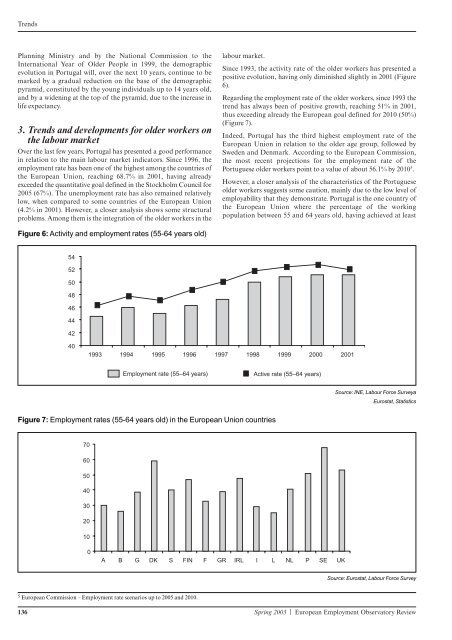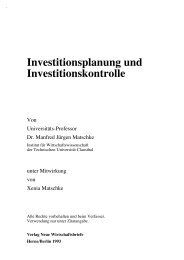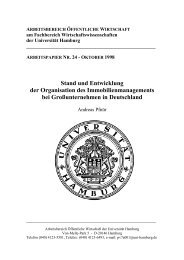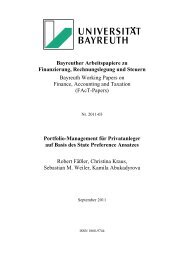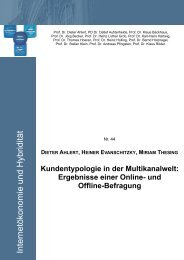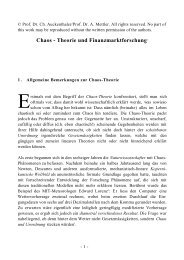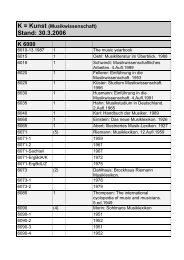FRANCE The
FRANCE The
FRANCE The
Create successful ePaper yourself
Turn your PDF publications into a flip-book with our unique Google optimized e-Paper software.
Trends<br />
Planning Ministry and by the National Commission to the<br />
International Year of Older People in 1999, the demographic<br />
evolution in Portugal will, over the next 10 years, continue to be<br />
marked by a gradual reduction on the base of the demographic<br />
pyramid, constituted by the young individuals up to 14 years old,<br />
and by a widening at the top of the pyramid, due to the increase in<br />
life expectancy.<br />
3. Trends and developments for older workers on<br />
the labour market<br />
Over the last few years, Portugal has presented a good performance<br />
in relation to the main labour market indicators. Since 1996, the<br />
employment rate has been one of the highest among the countries of<br />
the European Union, reaching 68.7% in 2001, having already<br />
exceeded the quantitative goal defined in the Stockholm Council for<br />
2005 (67%). <strong>The</strong> unemployment rate has also remained relatively<br />
low, when compared to some countries of the European Union<br />
(4.2% in 2001). However, a closer analysis shows some structural<br />
problems. Among them is the integration of the older workers in the<br />
Figure 6: Activity and employment rates (55-64 years old)<br />
54<br />
52<br />
50<br />
48<br />
46<br />
44<br />
42<br />
40<br />
labour market.<br />
Since 1993, the activity rate of the older workers has presented a<br />
positive evolution, having only diminished slightly in 2001 (Figure<br />
6).<br />
Regarding the employment rate of the older workers, since 1993 the<br />
trend has always been of positive growth, reaching 51% in 2001,<br />
thus exceeding already the European goal defined for 2010 (50%)<br />
(Figure 7).<br />
Indeed, Portugal has the third highest employment rate of the<br />
European Union in relation to the older age group, followed by<br />
Sweden and Denmark. According to the European Commission,<br />
the most recent projections for the employment rate of the<br />
Portuguese older workers point to a value of about 56.1% by 20105 .<br />
However, a closer analysis of the characteristics of the Portuguese<br />
older workers suggests some caution, mainly due to the low level of<br />
employability that they demonstrate. Portugal is the one country of<br />
the European Union where the percentage of the working<br />
population between 55 and 64 years old, having achieved at least<br />
1993 1994 1995 1996 1997 1998 1999 2000 2001<br />
Employment rate (55–64 years) Active rate (55–64 years)<br />
Figure 7: Employment rates (55-64 years old) in the European Union countries<br />
70<br />
60<br />
50<br />
40<br />
30<br />
20<br />
10<br />
0<br />
A B G DK S FIN F GR IRL I L NL P SE UK<br />
5 European Commission – Employment rate scenarios up to 2005 and 2010.<br />
Source: INE, Labour Force Surveya<br />
Eurostat, Statistics<br />
Source: Eurostat, Labour Force Survey<br />
136 Spring 2003 | European Employment Observatory Review


